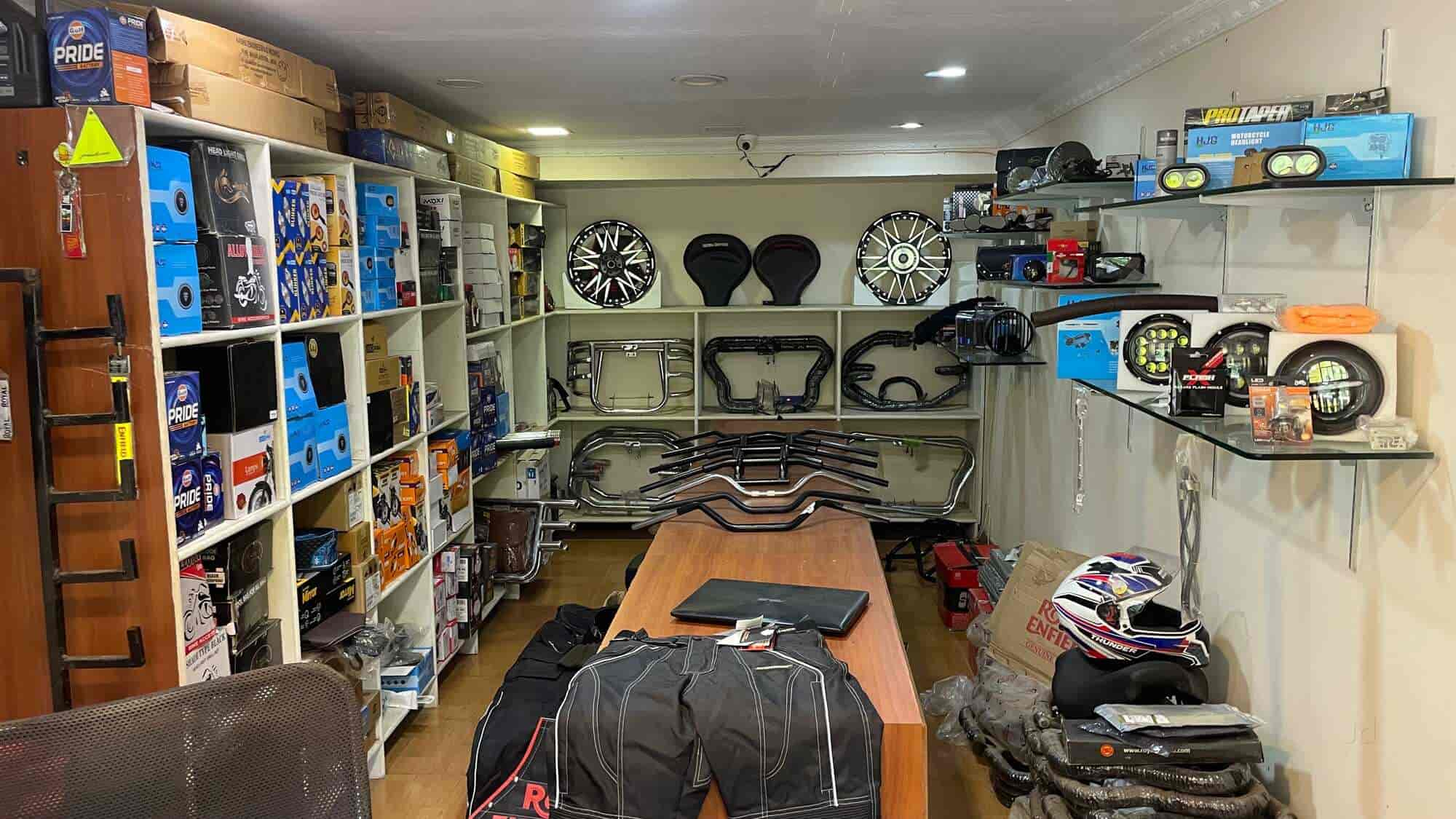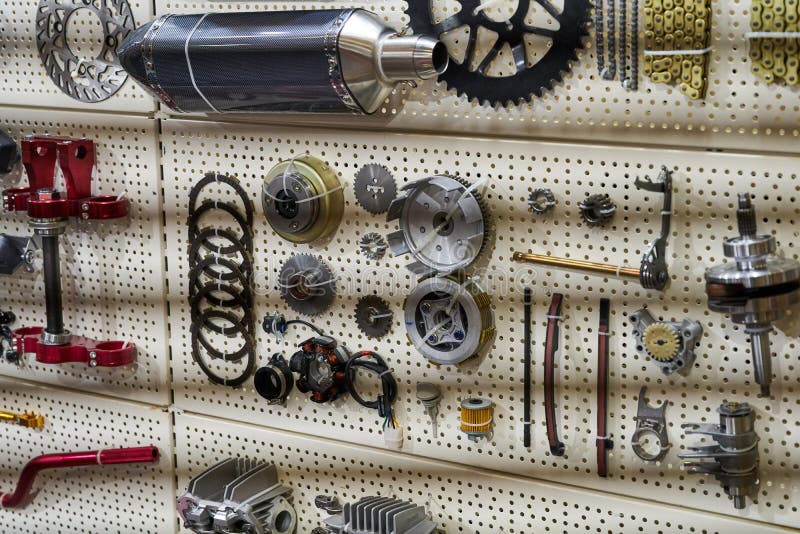Top MX Gear NZ: Get Ready for Your Next Off-Road Adventure
Top MX Gear NZ: Get Ready for Your Next Off-Road Adventure
Blog Article
Understanding Motorcycle Gears: Just How to Enhance Your Riding Experience
In the realm of motorcycling, mastering the art of equipment adjustment is essential for boosting your riding performance. Effectively utilizing and understanding motorcycle gears can dramatically influence control, velocity, and gas performance, transforming an ordinary trip right into a seamless, exciting trip. By incorporating specific change timing and adapting gear option to various roadway problems, bikers can guarantee optimal engine performance and safety and security. The nuances of clutch control, throttle coordination, and equipment technicians beckon a much deeper expedition, promising to unlock the full potential of your maker. Exactly how can these methods be utilized to absolutely optimize your riding experience?
Comprehending Equipment Mechanics
Just how do the complexities of gear mechanics influence motorbike efficiency? At the core of bike dynamics, equipment technicians play a pivotal duty in converting engine power into activity, eventually determining speed and control. Gears, meticulously crafted elements, allow cyclists to optimize torque and speed, making sure a seamless change via various terrains and rates. The gear proportions, thoroughly developed, identify the relationship between engine revolutions and wheel turns, impacting velocity and fuel performance.
Comprehending equipment auto mechanics starts with acknowledging the relevance of the gearbox, which houses several equipments of differing dimensions. These equipments communicate via a process known as meshing, where teeth of different equipments involve to transmit power.
Moreover, the concept of gear changing is essential to taking full advantage of efficiency. Smooth and prompt changes make sure that the engine runs within its ideal power band, preventing unneeded strain and boosting durability (motorcycle shop). By understanding these mechanical intricacies, motorcyclists can accomplish a harmonious blend of power, effectiveness, and control, elevating their riding experience
Timing Your Changes
Shift timing mastery is crucial for optimizing bike efficiency and enhancing the riding experience. Effectively timed changes make certain that the engine runs within its optimum power band, which is crucial for maintaining control, attaining smooth acceleration, and making certain the long life of the motorbike. Motorcyclists should establish an instinctive feeling of when to shift gears, which includes comprehending the partnership between engine transformations per minute (RPM) and speed.
To understand shift timing, pay close attention to the engine's audio and feel, as these provide vital ideas regarding when to transform equipments. When the engine comes close to the top range of its power band without reaching the redline, the suitable change factor generally takes place - motocross gear. Moving prematurely can cause a lack of power, while moving as well late may trigger unnecessary engine pressure
Additionally, road problems and riding style influence shift timing. In comparison, throughout highway riding, fewer changes at higher rates can be much more ideal.
Enhancing Fuel Performance
While mastering motorcycle equipments is important for performance, enhancing fuel efficiency is just as crucial for both financial and ecological reasons. Optimal fuel usage not only reduces operational expenses however additionally reduces the environmental footprint of riding. To achieve this, one have to comprehend the elaborate relationship in between equipment option and engine performance.
Firstly, picking the best gear at suitable speeds can considerably impact fuel intake. my latest blog post Riding in a higher gear at reduced rates can cause engine hauling, which is destructive to both fuel economy and engine health. Alternatively, riding in reduced equipments at broadband leads to unnecessary gas intake. Hence, keeping an ideal balance by changing gears in positioning with roadway problems and expected maneuvers is necessary.
Furthermore, regular maintenance plays a pivotal duty in fuel performance. Making sure that the motorbike is well-tuned, with tidy air filters and properly pumped up tires, can lower and improve aerodynamics fuel waste. Adopting a riding style that accepts steady velocity and smooth deceleration can add to much better fuel economic situation.

Strategies for Smooth Transitions
Attaining smooth equipment transitions is basic to boosting the riding experience and making sure the longevity of a motorbike's transmission system. Correct gear shifting not just adds to a seamless trip but additionally minimizes wear and tear on the mechanical components. To master the art of smooth changes, bikers have to concentrate on a couple of vital methods.

Second of all, clutch control plays an essential role. Engaging and disengaging the clutch smoothly requires method. The clutch lever should be launched progressively, enabling a seamless transfer of power from the engine to the wheels without causing a jolt or sudden activity.

Adjusting to Roadway Problems
Browsing diverse roadway problems is a vital skill for any kind of motorcyclist aiming to keep control and safety and security. Whether you're riding on wet surface areas, gravel roads, or browsing sharp turns, your capacity to adjust your equipment use and riding strategy is paramount. Recognizing just how to change your equipments appropriately can dramatically influence traction and stability, guaranteeing a safer trip.
On damp roads, it is advisable to maintain higher gears to reduce torque and decrease wheel spin. This method helps keep hold on slippery surfaces, allowing for smoother acceleration and slowdown. In contrast, when riding on crushed rock or unequal terrain, reduced equipments are more effective. Lower equipments offer far better control and enable you to react more swiftly to unforeseen modifications in the roadway surface.
Sharp curves demand precise equipment administration to stabilize speed and control. Downshifting before going into a contour can help preserve energy while guaranteeing the bike remains secure throughout the turn. Consistent method in varied conditions boosts your capacity to predict and react to modifications in road appearance and incline.
Conclusion
Mastering motorbike gears considerably boosts the riding experience by boosting velocity, gas, and control efficiency. Adapting equipment choice to numerous roadway problems, such as utilizing greater gears on wet surfaces and reduced gears on gravel, further enhances handling and security.
Comprehending equipment mechanics starts with recognizing the importance of the gearbox, which houses numerous gears of varying sizes. These gears interact via a procedure understood as meshing, where teeth other of various gears involve to transfer power (motorbike shop). Mild modifications to the throttle throughout gear shifts can protect against jerky motions and preserve a consistent riding speed
Whether you're riding on damp surface areas, crushed rock roadways, or navigating sharp turns, your ability to adjust your equipment use and riding method is critical. Adapting equipment option to various roadway problems, such as making use of greater gears on damp surface areas and lower gears on gravel, additional improves handling and safety and security.
Report this page